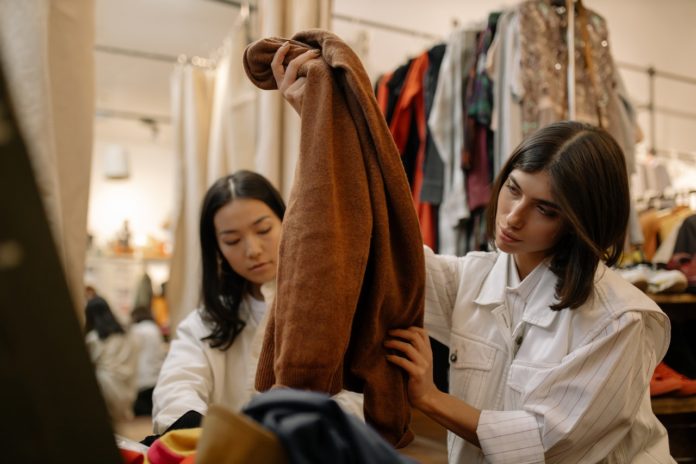In this current world, the retail industry needs flexibility, speed, and data-driven merchandise. Some companies provide the best services and support to grow sales and increase store purchases. It is essential to consider the brand, category dynamics, retailer, seasonality, geography, and other market factors to help design the perfect strategy.
What is Merchandising?
Merchandising is the best way to promote products available for sale in the retail store. It requires choosing the best promotional tools accessible for both the retailer and manufacturer combined as a promotional mix.
The merchandise strategies include sale promotion, personal selling, creating coupons, marketing strategies, and discounts. Mainly, product promotions refer to an online store and in-store promotion but not for personal selling to promote purchasing behaviour.
The cycle and iterations of the merchandising are based on season and culture and may help the school schedules, seasonal holidays, and weather patterns. As of now, self-service has come up, and merchandise has become famous for scientific art; the universal facts and rules control its activities, and the customer’s behaviour might be changed in predictable ways.
What are the Benefits of Merchandising?
Cost-Effectiveness:
This merchandise promotion is considered one of the best and the most inexpensive ways to increase product sales. Notably, in this case, if a company is skilled and experienced in this. It is helpful for companies with promotional funds up to some limit. The techniques like better shelf positioning and product facing control will be done with no or less additional expenditure. The sales representatives are ready to perform these tasks.
Influence at the Point of Sale:
The promotion of the products can influence or attract customers at the last stage during buying. So, marketers keep their full efforts and strive hard to give the preference of awareness of the company or brand before the people enter the store. It lets your target customer know the brands during the sale, and a consumer franchise realises the preference.
It is an advertisement component and public relation of the promotional combination used to get brand preference. The experienced manufacturers do not want to lose the sale at the store, so the high range and expensive products with an inexpensive promotion are beneficial, mainly when the competition is high.
Service Companies Vs. Merchandising Companies:
The service companies provide excellent services to the people (customers) engaged with innovation and expertise to gain income. These companies include accounting firms and insurance providers.
The merchandise companies include the sale of authentic goods, and they require extra expenditure on labour and materials to present the products that attract or encourage the consumers.
How does Merchandising work?
The Concept:
The definition is based on the particular context, but it encourages interest and attracts customers to make the purchase. For instance, the promotion of products includes managing the right resources such as brand, space, display, and product life cycles to sell the product.
Both manufacturers and retailers show interest in influencing purchase behaviour. Moreover, retailers are more interested in increasing sales, and manufacturers intend to reduce competitors’ sales and encourage the brands.
Sale Performance:
By knowing the gross value of sales, you can see the company’s performance and whether retailers are producers of products or not. It is a fact that retailers can play as the third party by connecting buyers and sellers without taking part in the customer-to-customer market.
Last Few Lines
This entire article can be helpful for you to know briefly about promotions of products, buyers, and sellers.









